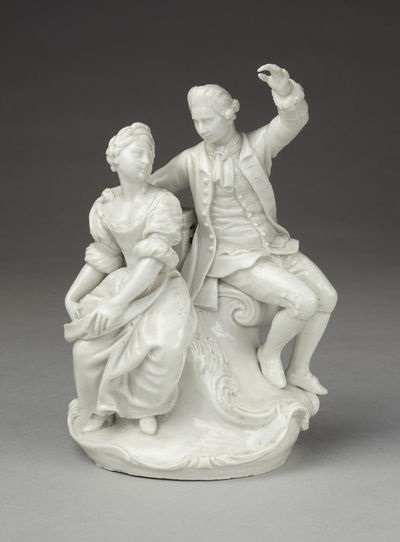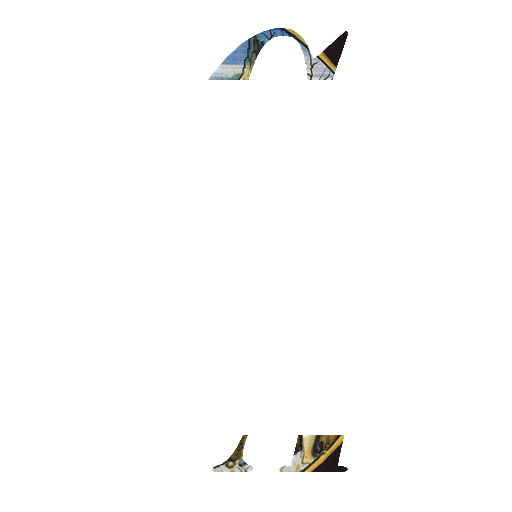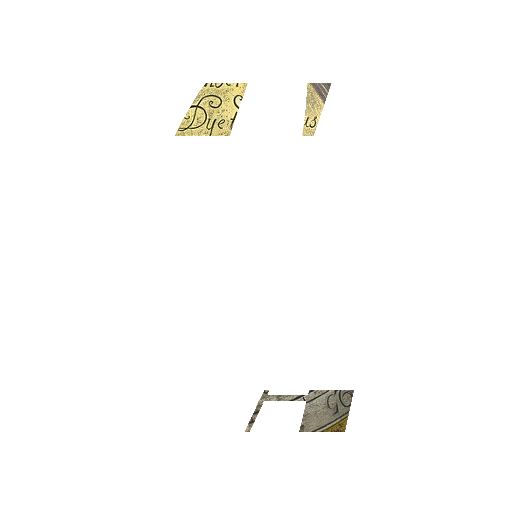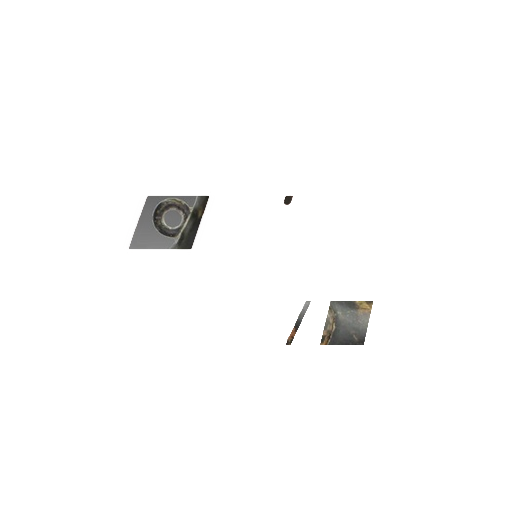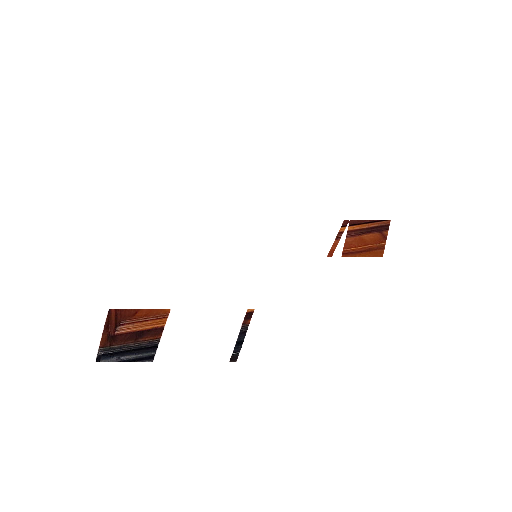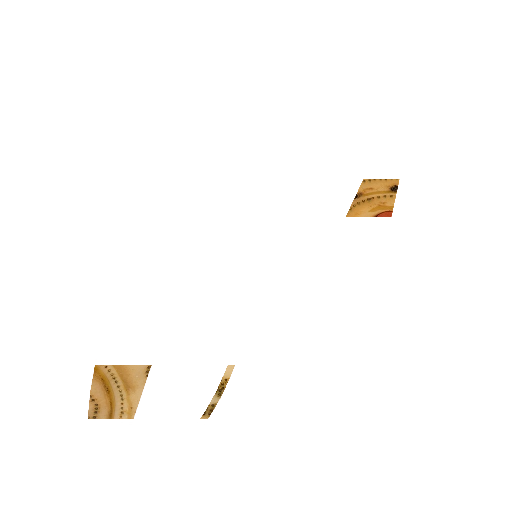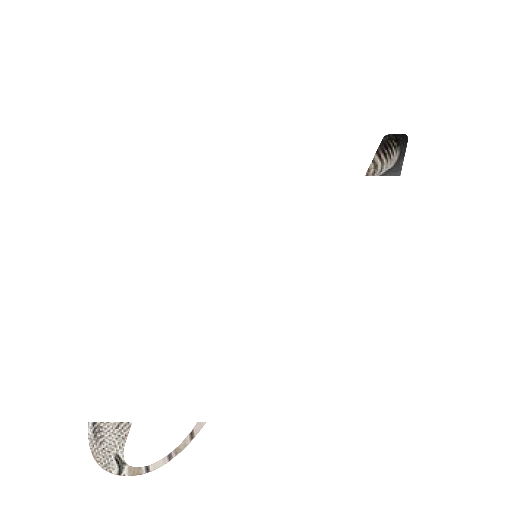The porcelain of Venice is a produced hard paste porcelain between 1720 and the end of the 18th century in some factories in the city of Venice.
The first porcelain factory in Venice, of which there are traces and historical references is open from young nobleman Giovanni Vezzi, goldsmith and merchant which started in 1720 its production in the lagoon city.
Affectations he brought in Laguna Christopher Conrad Hunger, who has worked with Bottger (discoverer of the secret at Meissen) and then arcanist in Vienna, which led to Venice the secret of making European porcelain.
The china clay had to be imported from Germany, which, however, he forbade the export. So it was bought contraband. This explains the variability in the quality of Vezzi porcelain, that the best pieces reach the quality of Meissen and Vienna.
After seven years, the factory had to close for a financial crisis. For about thirty years in Venice there were no other manufactures.
In 1757 a Saxon merchant who emigrated from Meissen due to the closure of the factory during the Seven Years War , Friederich Hewelcke asked and obtained a twenty-year privilege for the manufacture of "porcelain of Saxony of any and all species" to Venice. Hewelcke began first in the mainland and then in the lagoon a new factory, which suffered hard and producing quality parts not excellent.
Later he took as a partner Geminiano Cozzi. In 1763 , having finished the war, he returned Hewelcke in Saxony and left the factory only Cozzi.
The only Cozzi then in 1764 founded his own manufactory at St. Job, which lasted even after the fall of the Venetian Republic . In 1765 he obtained a privilege from Cozzi Serenissima, particularly in light of the fact that its manufacture did not depend more on imported from abroad, but would use the kaolin of Tretto.
He took some craftsmen from the manufacture of Nine , and therefore the two productions are similar. The manufacture of Cozzi excelled in painting, colors and subjects.
Nothing is known about the subsequent manufacture in 1799.
The brand of Vezzi and Hewelcke factories was a V or other abbreviation for "Venice".
Instead the pieces of the Cozzi factory had to anchor the brand.
Vezzi porcelain factory, circa 1725
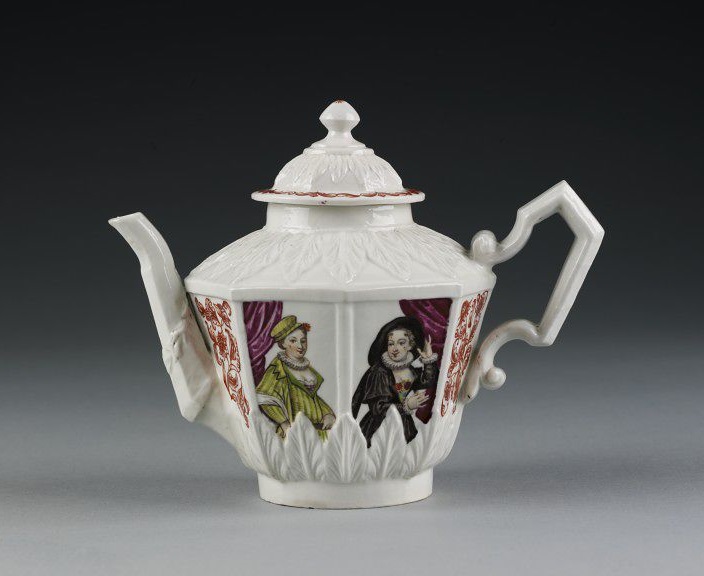
Cozzi pottery factory, circa 1770
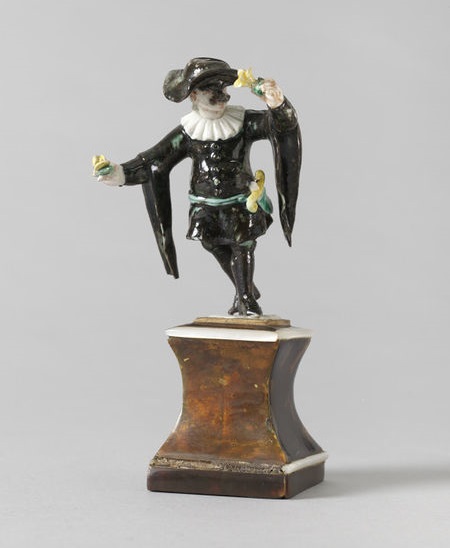
Vezzi porcelain factory, circa 1720-1727

Cozzi pottery factory, circa 1780-1790
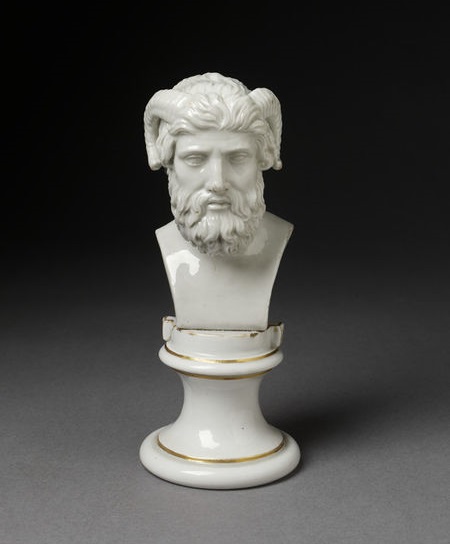
Vezzi porcelain factory, circa 1720-1727
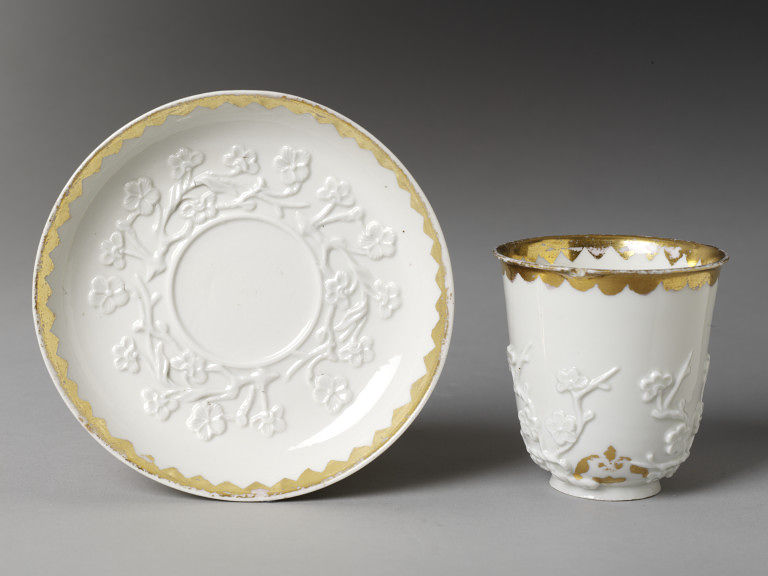
Vezzi porcelain factory, circa 1724
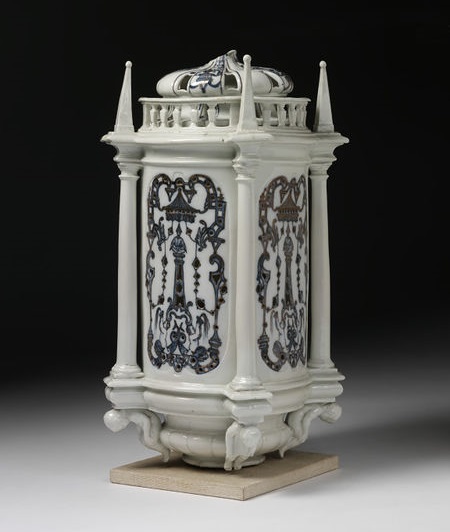
Vezzi porcelain factory, circa 1720-1727
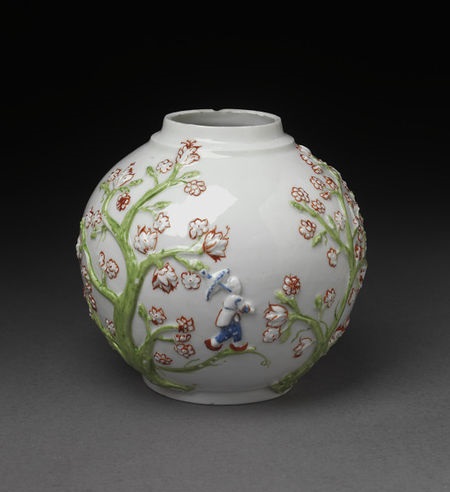
Hewelcke porcelain factory, circa 1761-1763
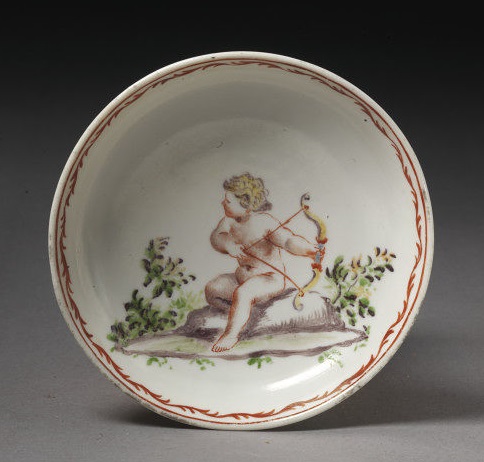
Hewelcke porcelain factory, circa 1761-1763
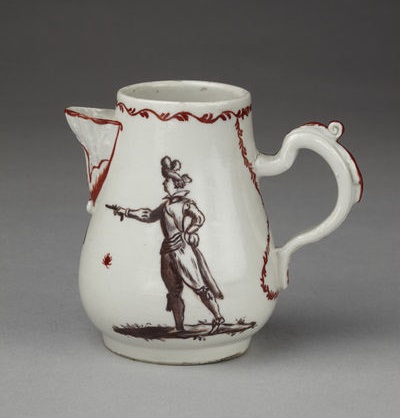
Cozzi pottery factory, circa 1775
